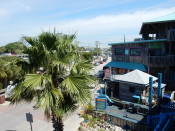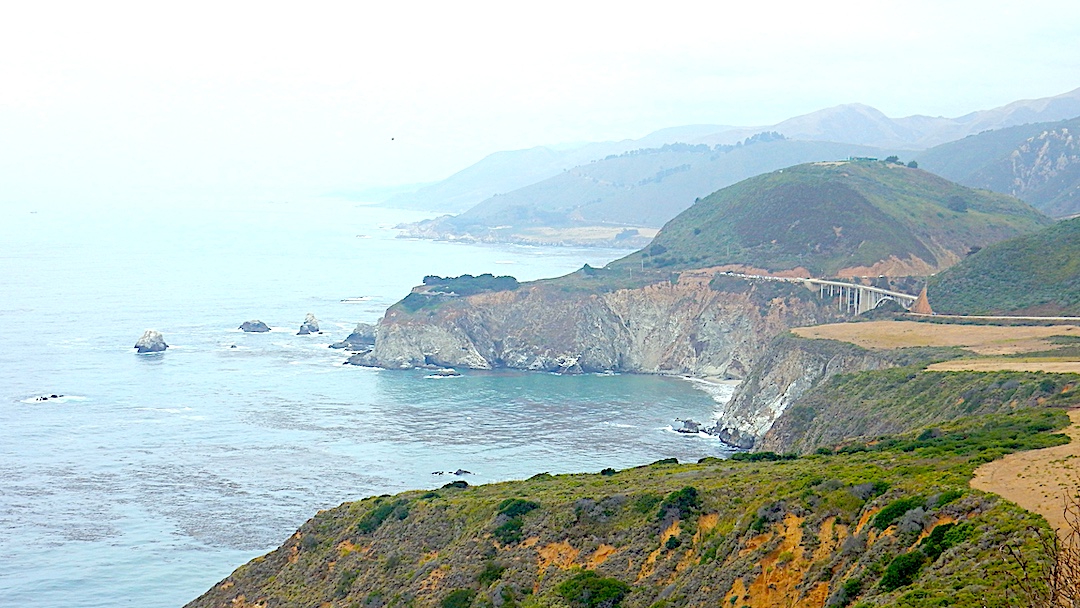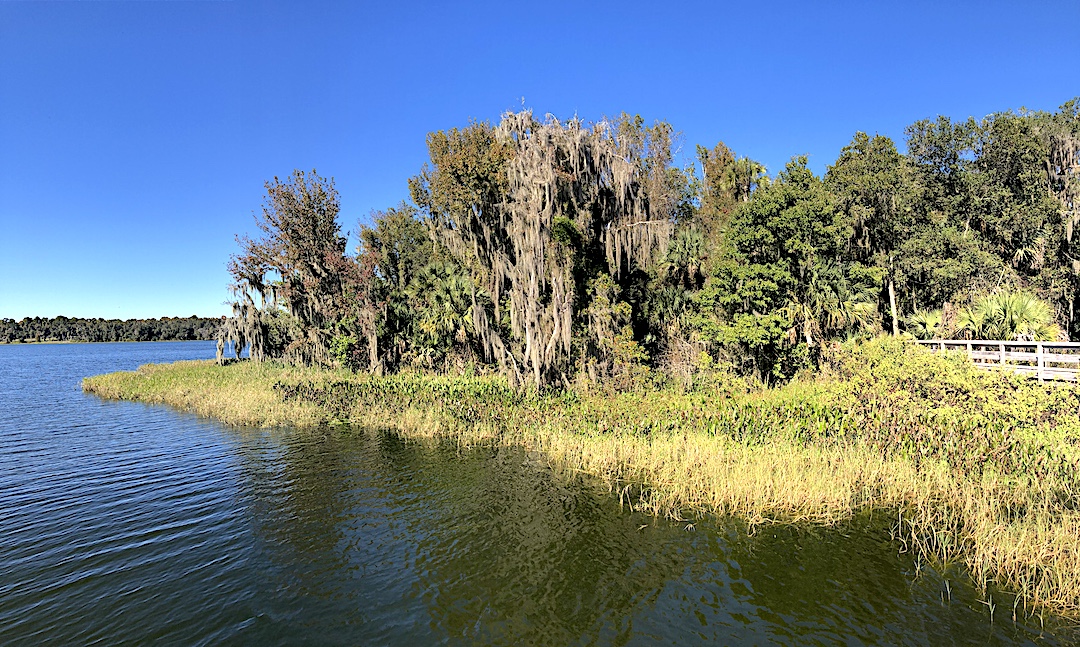(CEDAR KEY, FL) Just west of Gainesville and north of Tampa on Florida’s West Coast is a sleepy fishing village jutting into the fertile salt marches, breeding grounds for the rich supply of shellfish, mainly oysters and clams. A bowl of homemade chowder is practically part of the daily diet here. Wander down Cedar Key’s 2nd Street and witness a living history lesson. Little has changed, or so it seems, from the days of early settlers. From City Hall and the public library to the Island Hotel and the public beachfront park, practically everything has historic value or is registered as a historic landmark. Life passes quietly here from one generation to the next. Locals brag you can walk the town in little more than an hour, even less in a golf cart; There are more of those than cars, trucks, and mini-vans. You won’t find swanky condos or waterfront McMansions here. Tourists prefer the rustic feel of the place. They’re more likely to get a fresher catch by dropping a line from the fishing pier than wait in line at a local eatery. A sliver of beach is all you’ll get in Cedar Key and it borders a public park, where there is a playground and basketball court. Hardly secluded or quiet. It has a town square feel, probably much the same as the early 1800’s. Walk along the waterfront and you’ll find boat captains offering fishing excursions, sightseeing tours, sunset sailing and kayaking. Dock Street is a small tourist strip of waterfront bars, restaurants and kitschy souvenir shops. The Dock Street Fishing Pier is one of the largest in Florida and has public restrooms.








Press Play To View A Tour of Cedar Ker
Cedar Key has fewer than a thousand year round residents. Historians estimate the first human inhabitants date back to 500 BC in an area known as Shell Mound. Cedar Key is also vulnerable to tropical storms and hurricanes, and has experienced significant damage in its long history. The Florida State Archives has a large collection of historic photos.
Slideshow Of Historic Cedar Key
(Photos From The Florida State Archive)



































